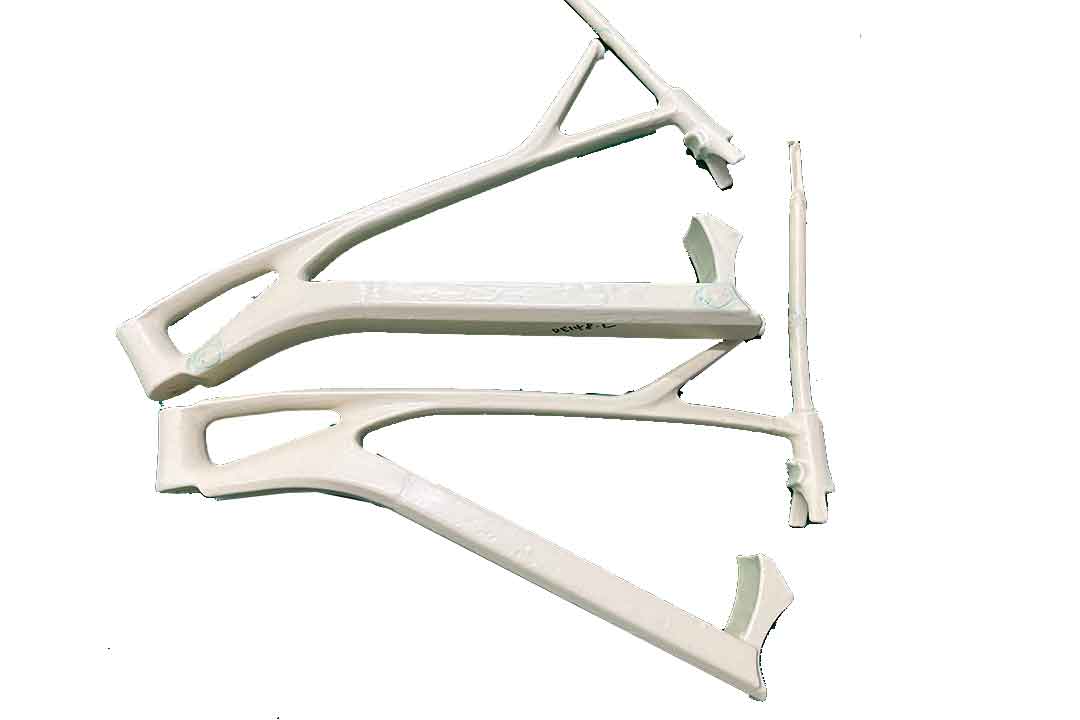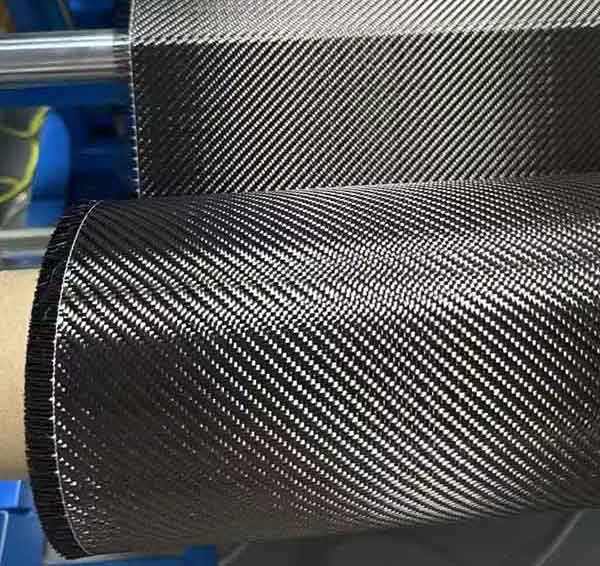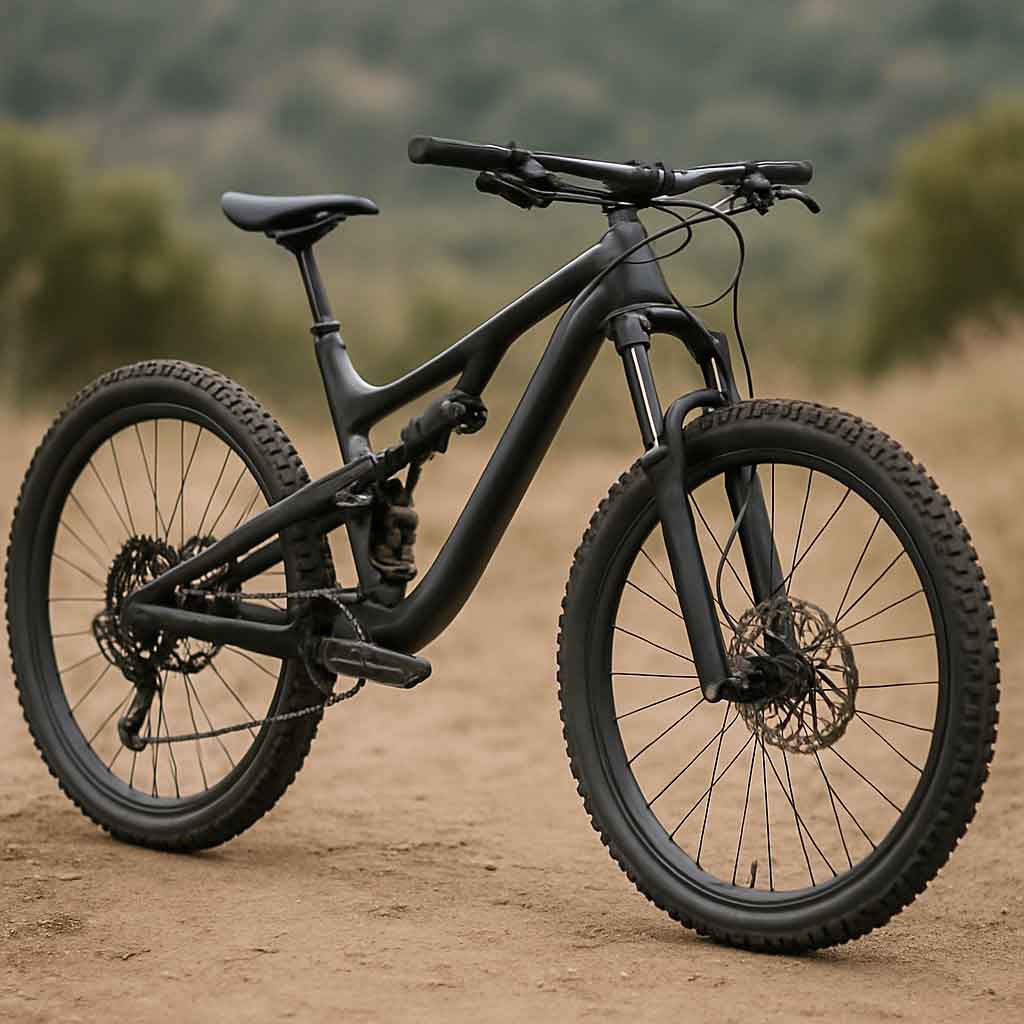Welcome to Mondince Bike - A well-known factory specialized in produce carbon bike frame and other parts since 2007.
Comparing 26 Inch Wheel Rims to Others

The 26-inch wheel rim has long been considered a staple in the mountain biking community. Its reputation for agility and durability has made it a go-to option for many riders. To fully appreciate its benefits, let's explore the different aspects that make the 26-inch wheel rim unique.
Advantages of 26 Inch Wheel Rims
The 26-inch wheel rim is renowned for its maneuverability, which is a crucial factor in mountain biking. The smaller diameter allows for quick and precise handling, especially important when navigating tight trails filled with unexpected twists and turns. This agility gives riders the confidence to tackle complex terrains with ease.
Another significant advantage is its strength and durability. The compact size of the 26-inch rim contributes to its resilience against impacts, making it a robust choice for rough and challenging terrains. This reliability is particularly appealing to riders who frequently encounter rocky or uneven surfaces.
Moreover, 26-inch rims excel in acceleration. Their lighter weight compared to larger alternatives allows for quicker starts and stops, which can be a substantial advantage when climbing hills or rapidly changing speeds. This nimbleness can be a game-changer in competitive settings where every second counts.
Versatility of 26 Inch Wheel Rims
The versatility of 26-inch rims adds to their appeal. They are compatible with a wide array of mountain bikes, making them an accessible option for riders of various skill levels. Whether you're a beginner looking to ease into the sport or an experienced rider seeking a reliable backup, 26-inch rims offer flexibility.
Additionally, the widespread use of 26-inch rims means that finding compatible tires and components is relatively straightforward. This ease of access to parts ensures that maintaining your bike is both convenient and affordable, further enhancing the overall riding experience.
Disadvantages of 26 Inch Wheel Rims
Despite their many advantages, 26-inch rims do come with a few drawbacks. One primary concern is rolling resistance. Compared to larger rims, 26-inch wheels tend to have higher rolling resistance, which can make them less efficient on smooth surfaces where speed and momentum are crucial.
Another limitation is obstacle clearance. The smaller size of 26-inch rims can make it more challenging to roll over large obstacles compared to larger wheels. This can be a disadvantage on trails with significant hurdles, where larger wheels might offer a smoother ride.
Comparing to Other Wheel Sizes

To make an informed decision, it is essential to compare 26-inch rims to other popular wheel sizes in the mountain biking world. Each size offers its unique set of characteristics that cater to different riding styles and preferences.
27.5 Inch Wheel Rims
The 27.5-inch rims, also known as 650B, have emerged as a popular choice, offering a middle ground between the traditional 26-inch and the larger 29-inch wheels. They provide a balance that appeals to many riders seeking both agility and stability.
Pros: The 27.5-inch rims offer better obstacle clearance and rolling efficiency than 26-inch rims while maintaining a degree of agility. This makes them suitable for riders who want a bit more speed without sacrificing too much maneuverability.
Cons: However, they are slightly heavier than 26-inch rims, which can impact acceleration. This added weight might not be ideal for riders who prioritize quick starts and stops.
29 Inch Wheel Rims
The 29-inch rims have gained favor for their ability to maintain speed and effortlessly roll over obstacles, making them a popular choice for cross-country and trail riding enthusiasts.
Pros: They offer superior rolling efficiency and obstacle clearance, providing a smoother ride on uneven terrain. For long-distance rides, 29-inch rims can enhance comfort and reduce fatigue.
Cons: On the downside, they are less maneuverable than 26-inch rims, which can be challenging for riders who frequent tight and technical trails. Additionally, smaller riders might find them harder to handle due to their larger size.
24 Inch Wheel Rims
The 24-inch rims are typically found on children's bikes or specialized adult bikes designed for specific purposes, such as BMX.
Pros: These rims are extremely agile and well-suited for smaller riders or specific riding styles that require quick reflexes and sharp turns.
Cons: However, they are limited in terms of speed and efficiency for mountain biking. The smaller size may not provide the necessary momentum for longer rides or more challenging terrains.
Choosing the Right Wheel Size
Selecting the appropriate wheel size involves considering various factors, including your riding style, terrain preferences, and personal comfort. Each size offers distinct advantages and disadvantages that cater to different needs.
Terrain Considerations
The type of terrain you frequently ride on plays a significant role in determining the best wheel size for you. For technical and twisty trails, the maneuverability of 26-inch rims may prove advantageous, allowing for quick navigation through tight spaces.
In contrast, for open trails and long-distance riding, larger rims like 27.5-inch or 29-inch may provide better efficiency and comfort. Their ability to maintain speed and roll over obstacles with ease can make long rides more enjoyable and less strenuous.
Rider Preferences
Your physical attributes and riding style can also influence your choice. Taller riders might prefer the comfort and stability offered by larger wheels, while shorter riders may find 26-inch rims more manageable and easier to control.
Additionally, your riding style—whether you prioritize speed, agility, or a balance of both—can guide your decision. Consider what aspects of riding are most important to you and choose a wheel size that aligns with those priorities.
The Cost Factor

by Nahmar Saeed (https://unsplash.com/@nahmarsaeed)
Cost is often a deciding factor when choosing between different wheel sizes. Generally, 26-inch wheel rims are more affordable than their larger counterparts due to their widespread availability and established manufacturing processes.
Price Comparison:
- 26 Inch Wheel Rims: They are often the most budget-friendly option, with a wide range of choices in terms of quality and price. This affordability makes them an attractive option for budget-conscious riders.
- 27.5 and 29 Inch Wheel Rims: These sizes are typically more expensive due to their newer design and increased material requirements. Riders considering these options should be prepared for a higher initial investment.
Maintenance and Replacement
Maintenance is a crucial aspect of wheel ownership, regardless of size. Understanding the maintenance needs and availability of replacement parts can significantly influence your decision.
Ease of Maintenance
The widespread use of 26-inch rims means that finding replacement parts and performing maintenance is relatively easy. This accessibility is a significant advantage for riders who prefer to handle their own bike repairs and maintenance tasks.
Availability of Parts
Due to their popularity and long-standing use in the cycling community, parts for 26-inch wheels are readily available. This ensures that riders can easily find components and accessories when needed, even in remote areas. In contrast, sourcing parts for larger wheels might be more challenging, particularly in less populated regions.
Conclusion
In conclusion, while 26-inch wheel rims may not be the latest trend in mountain biking, they offer a unique combination of agility, durability, and affordability. They are an excellent choice for riders who prioritize maneuverability and strength over speed and rolling efficiency.
When choosing a wheel size, consider your riding style, terrain preferences, and budget. Whether you opt for the classic 26-inch rims or explore larger options, the key is to find a wheel size that complements your riding style and enhances your mountain biking experience. With the right choice, you'll enjoy a more fulfilling and exhilarating time on the trails.











